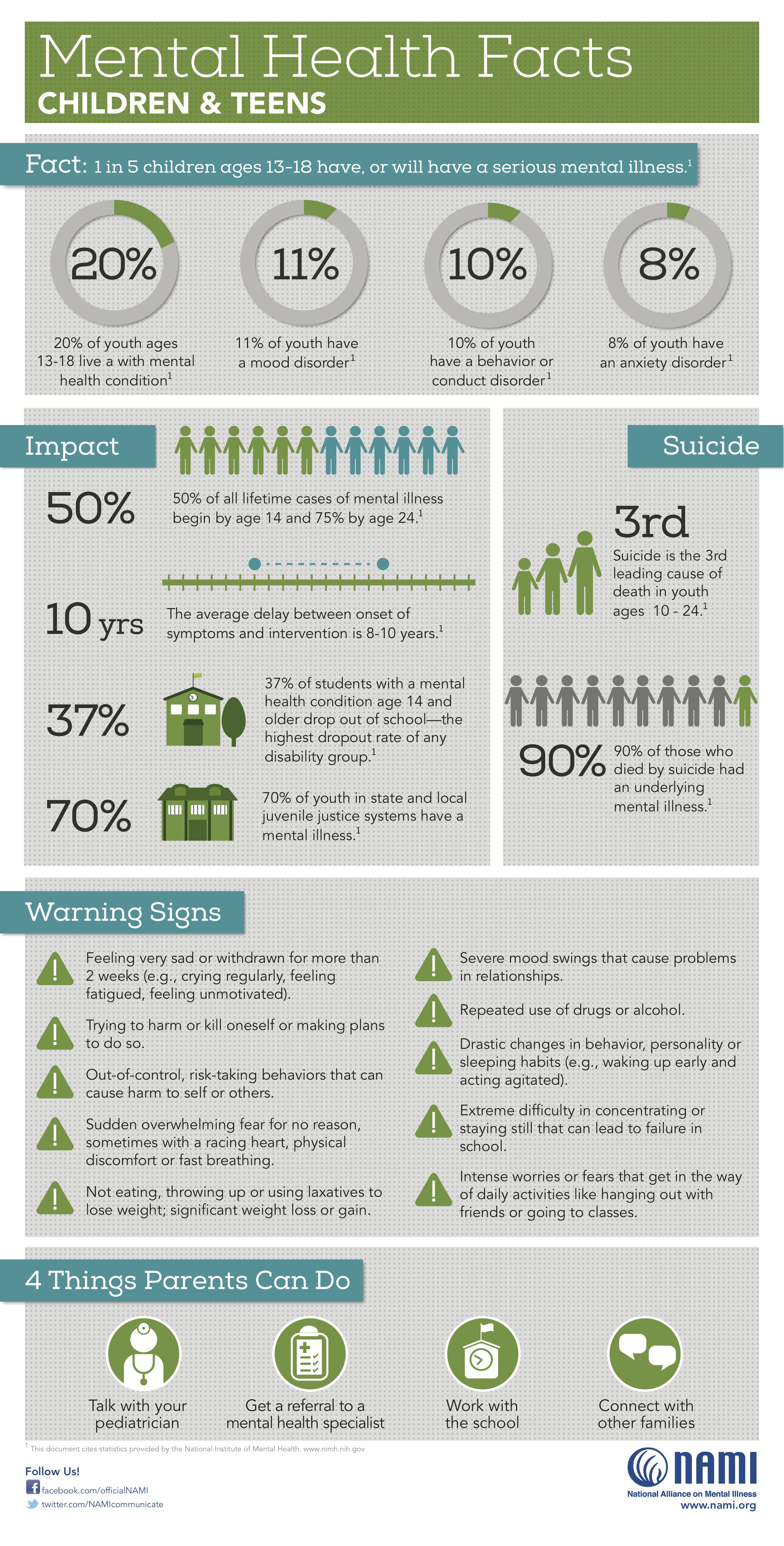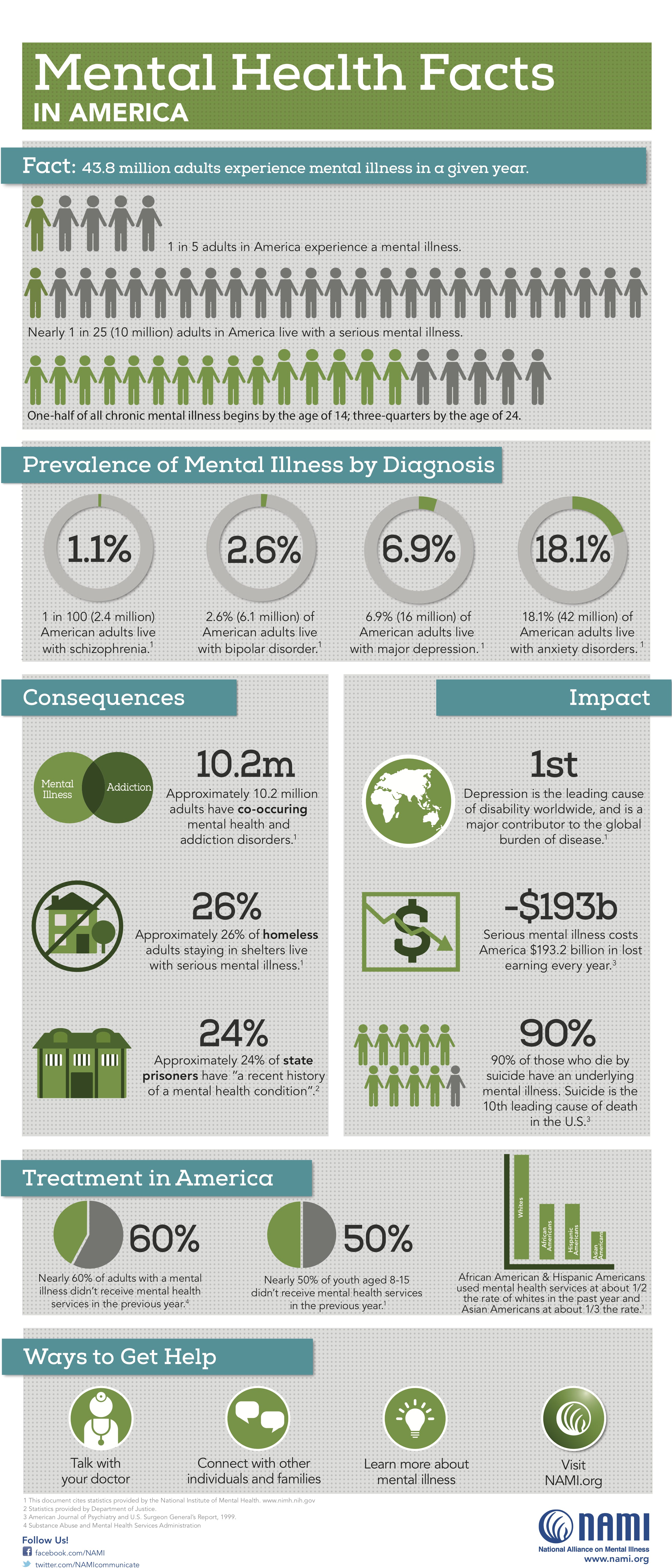
“Not all of us can do great things. But we can do small things with great love.”

The Mental Health of America
The Substance Abuse and Mental Health Services Administration (SAMHSA) reports that in 2017, 46.6 million American adults were affected by mental illness. Thus, in that year, about 1 in 5 adults in the United States experienced the impact of mental illness, while about 1 in 22, or roughly 11 million, American adults lived with a serious mental health condition. Furthermore, 8.5 million people suffered from co-occurring mental health conditions and addiction disorders. Undoubtedly, the effects of mental illness are widespread.
Such conditions also have devastating consequences, as suicide is increasing in incidence and is currently the 10th leading cause of death. Over 90% of childhood suicides are linked to mental illness. Veterans also have a suicide rate that is twice as high as that of those who do not serve in the military, and 18 to 22 veterans die each day by suicide.
The financial implications of mental health disorders are also staggering. In 2008, a report from the American Journal of Psychiatry estimated that serious mental illness costs $193.2 billion in lost earnings annually. In 2009, mood disorders (i.e., depression, bipolar disorder) were the 3rd most common cause of hospitalizations among 18 to 44 year-olds. Additionally, individuals suffering from a serious mental illness have an increased risk of chronic medical conditions. These individuals also die approximately 25 years earlier, largely due to treatable medical conditions that are often overlooked due to mental illness.
Mental Health and Our Youth
Half of all mental illness cases are present by age 14 and 75% by age 24. This year, around 1 in 5 children aged 13 to 28 years have or will be diagnosed with a serious mental health condition. Suicide is also currently the 3rd leading cause of death among 10 to 24 year-olds. Importantly, students diagnosed with a mental health condition suffer a drop-out rate of 37%, which is over one-third higher compared to their classmates.
Access to Mental Healthcare
In 2017, about 60% of adults with mental illness did not receive mental health services. Likewise, about 70% of all youths aged 12 to 17 years did not receive mental health services.
Mental Health by the Numbers (NAMI)
Millions of Americans are affected by mental health conditions every year. Here are some facts about the prevalence and impact of mental health.





